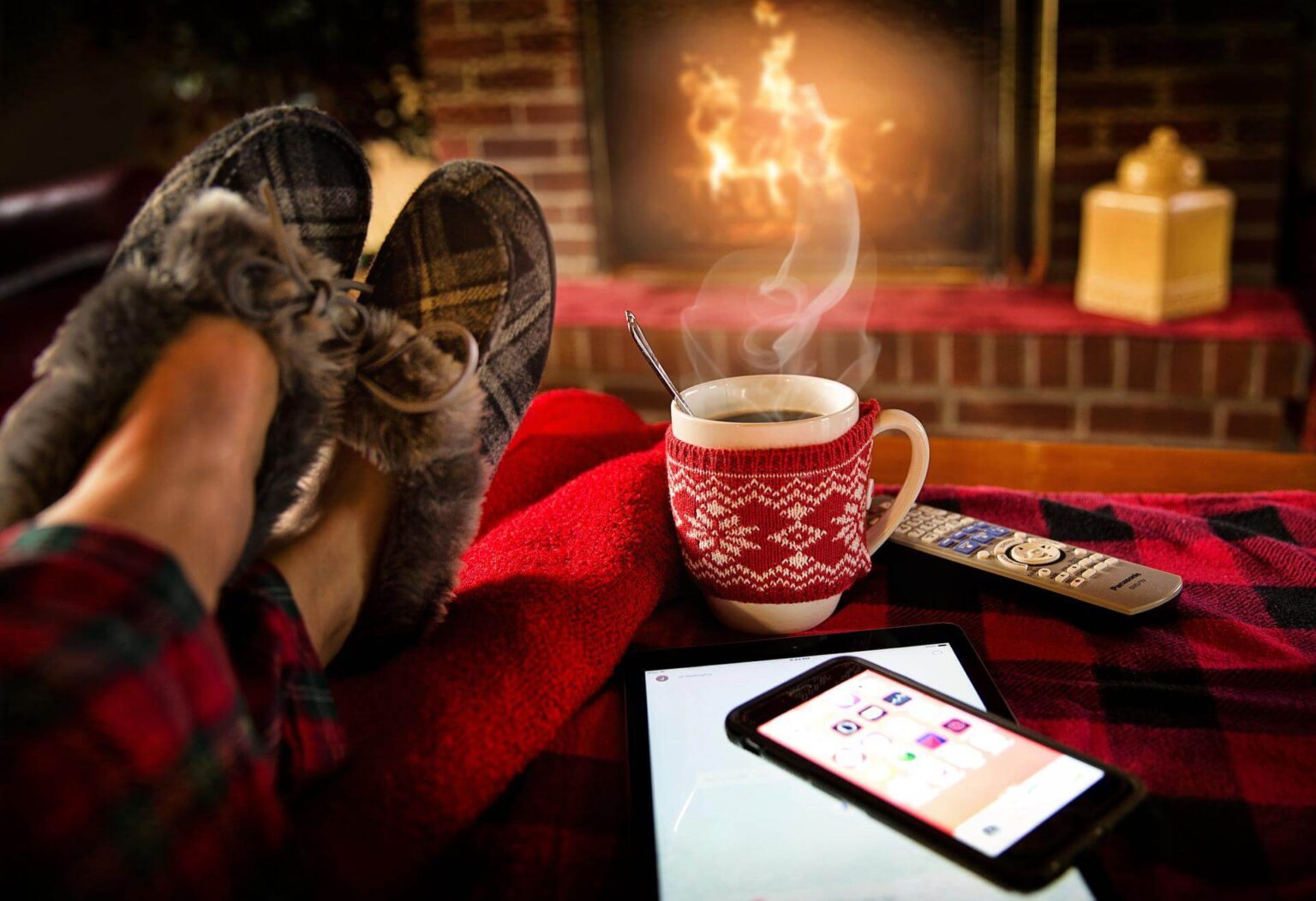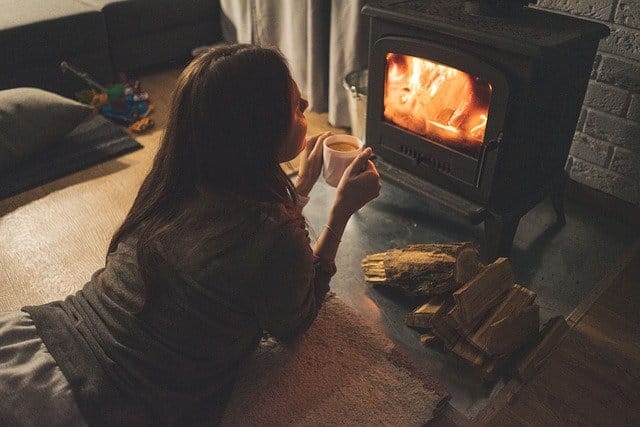Top 10 Effective Tips to Prepare your Home for Winter


The National Centers for Environmental Information (NCEI) of the National Oceanic and Atmospheric Administration (NOAA) issued a summary of February climate across the United States, as well as a preview of the 2020-21 winter season.
One of the highlights was the coldest February in the contiguous United States in more than 30 years.
Are you ready for the wintry, snowy, and icy combination that may accompany the arrival of winter? If you don’t, you’ll want to act straight away. Preparing for cold weather is best done before it arrives. So, Let’s go for Top 10 effective tips to prepare your home for winter.
Many people believe they have nothing to worry about when it comes to winter weather preparation. Yes, in some circumstances, this may be true, but you never know.
Although winter weather, which includes wind, snow, and ice, is most frequently associated with the north, did you know that it may also affect the south? Southern states have seen their fair share of snow and ice, albeit it is not as prevalent as it is in the north. Unfortunately, because these meteorological phenomena are very rare, they are unknown, and the risk of harm is always there.
You should begin by securing your house for winter conditions. If you reside in a location prone to cold weather, you should take precautions.
Here’s the Top 10 Tips for you to get your home ready for winter:
1. Have your Chimney checked out.
Have your chimney or flue examined and cleaned by a professional before using your fireplace or wood stove for warmth. Chimney fires, which account for approximately 20,000 home fires each year, can be avoided by taking this step.
Carbon monoxide poisoning can also be caused by a clogged chimney or flue. Make sure your smoke and carbon monoxide detectors have new batteries.
You might lose precious heat through an open fireplace if you have a nonworking or ornamental fireplace. Investing in a chimney balloon can keep the heat in and keep the chilly winter air out. If you wish to start a fire later, make sure to remove it.
2. Have your furnace checked out.
Just like a chimney, you should get your furnace examined once a year. If your furnace isn’t operating correctly, an early examination will give you enough time to replace it before winter arrives. You should also think about getting your air ducts cleaned or doing it yourself. To keep your furnace running smoothly, make sure you change your furnace filters on a regular basis.
3. Check for leaks and drafts:
Drafts and leaks that enter via holes in walls, doors, and windows can inhibit effective heating and raise energy expenditures. If your energy provider does not provide a home energy audit, conduct one yourself. Here are a few methods for preventing leaks and draughts:
- Caulk, foam, or weather stripping should be used around movable doors and windows.
- To shut up windows that will not be used, use bubble wrap or a window insulator kit.
- To prevent heat loss at the main entry, install a storm door.
- Install attic insulation to reduce heat loss via the ceiling.
- Replace draughty wood doors with an Energy Star-rated door constructed of steel or fiberglass.
- Insulate mail holes and pet doors with thick towels to keep warm air in and cold air out.
- Use blackout curtains on your windows, leaving them open during the day to let in light and closed at night to keep heat in.
4. The Ceiling fan blades should be reversed:
If you have ceiling fans in your house, you should rotate the blades according to the seasons for the optimum benefits. In hotter months, most ceiling fans’ blades should rotate counterclockwise, forcing cool air down. In the winter, turning the blades clockwise on the lowest setting helps force warm air from the ceiling down to keep you warm.
5. Cover any bare floorboards:
Although laminate, wood, and tile flooring look nice, they might cause heat loss in the cold. Consider putting rugs or placing carpet over bare floors as part of your winter home maintenance checklist to keep your feet comfortable and reduce heat loss.
6. Purchase an easy-to-read Thermometer.
It’s always a good idea to have a large, easy-to-read thermometer in a prominent area within the home for the elderly in your life.
Older individuals may not be able to detect temperature fluctuations as easily as younger people, which can lead to major health problems, especially if they live alone. Having a thermometer and routinely checking the temperature can assist them determine whether to wrap up or if there is a possible heat loss problem in the home.
7. Make space around the radiators:
If you have radiator heating in your house, cleaning up the area surrounding your radiator can prevent bulky furniture from collecting the heat meant for your family.
You may also reduce heat loss via an outside wall by placing aluminium foil behind the radiator to reflect heat back into the room. A floating shelf strategically positioned above the radiator can help prevent hot air from rising too quickly to the ceiling. Just be careful not to put anything on the radiator itself.
If your heating system is unable to keep up, try purchasing a space heater; just make sure you use it carefully to avoid a fire.
8. Prepare for winter storms:
Keep an eye on the weather forecast so you have plenty of time to prepare if a winter storm is on the way. Make sure your home and car emergency kits are always ready to go, and that your car’s maintenance is up to date, with a full petrol tank in case you need to go.
If you don’t already have a portable generator, now could be a good time to get one. Generators can keep your home warm until the power company can restore electricity.
9. Expect snow and Rain:
Cold weather may be harsh on your home, and you don’t want to have to clean and repair after it has been damaged. Instead, add some basic winter house maintenance to the list and do it well before the cold sets in.
- To keep exposed pipes in your attic and basement from exploding, insulate them.
- Check that your sump pump is working correctly and that nothing is obstructing the external drain.
- Insulate walls and ceilings properly to avoid condensation, which can lead to mold or mildew growth.
- Keep your gutters clear of debris, ice, and snow, which can cause your gutters to collapse and cause roof damage.
- To avoid water leaks in your yard, turn off exterior water taps and pipes, empty the lines, and insulate them.

